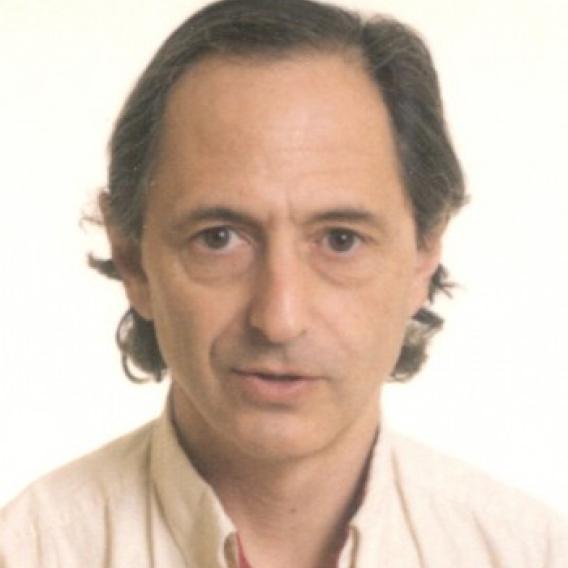Image

Michael Levitt
Professor, Structural Biology
Member, Bio-X
Member, Wu Tsai Neurosciences Institute
PhD, Gonville and Caius College, Cambridge, Structural Biology (1971)
Affiliation:
The world-wide COVID-19 corona virus pandemic has hijacked all our academic attention. Please see Presentations.
Is it possible to understand the molecular structure and function of proteins and nucleic acids in enough detail to make accurate predictions about structure and function? We are mounting a two-pronged attack on this problem using both molecular dynamics simulation and molecular modeling. (i) Simulation attempts to reproduce the structural, thermodynamic and dynamic properties of a macromolecule in as accurate a way as possible. Starting with simple but realistic expressions for the interactions between atoms and classical laws of motion, we calculate a trajectory that specifies the position and velocity of every atom as a function of time. The time-step between calculated structures is small at 10-15 seconds, and we need to reduce hundreds of thousands of sets of atomic coordinates into a simple coherent description. We have simulated with reasonable fidelity the measurable static and dynamic properties of the several different proteins surrounded by thousands of water molecules. Simulation at different temperatures has allowed exploration of the pathways of protein denaturation of entire proteins and small fragments of protein secondary structure (alpha-helices and beta-hairpins). Companion studies of DNA double-helix segments in solution preserve the classical double helix while still showing a wide repertoire of interesting motions. (ii) Molecular modeling attempts to build a model of a macromolecule using known three-dimensional structures and energy minimization as complementary guidelines. Specific examples of this work include the automatic modeling of antibody variable domains, the general modeling of homologous proteins and studies of DNA base-pair mismatches. Questions we are trying to answer include: How can a protein be stabilized by a single amino acid change? How does the sequence of DNA cause local variations of double-helix conformation and stability? Extensive use is made of sophisticated programming, sequence and structural data bases, and computer graphics.
Is it possible to understand the molecular structure and function of proteins and nucleic acids in enough detail to make accurate predictions about structure and function? We are mounting a two-pronged attack on this problem using both molecular dynamics simulation and molecular modeling. (i) Simulation attempts to reproduce the structural, thermodynamic and dynamic properties of a macromolecule in as accurate a way as possible. Starting with simple but realistic expressions for the interactions between atoms and classical laws of motion, we calculate a trajectory that specifies the position and velocity of every atom as a function of time. The time-step between calculated structures is small at 10-15 seconds, and we need to reduce hundreds of thousands of sets of atomic coordinates into a simple coherent description. We have simulated with reasonable fidelity the measurable static and dynamic properties of the several different proteins surrounded by thousands of water molecules. Simulation at different temperatures has allowed exploration of the pathways of protein denaturation of entire proteins and small fragments of protein secondary structure (alpha-helices and beta-hairpins). Companion studies of DNA double-helix segments in solution preserve the classical double helix while still showing a wide repertoire of interesting motions. (ii) Molecular modeling attempts to build a model of a macromolecule using known three-dimensional structures and energy minimization as complementary guidelines. Specific examples of this work include the automatic modeling of antibody variable domains, the general modeling of homologous proteins and studies of DNA base-pair mismatches. Questions we are trying to answer include: How can a protein be stabilized by a single amino acid change? How does the sequence of DNA cause local variations of double-helix conformation and stability? Extensive use is made of sophisticated programming, sequence and structural data bases, and computer graphics.